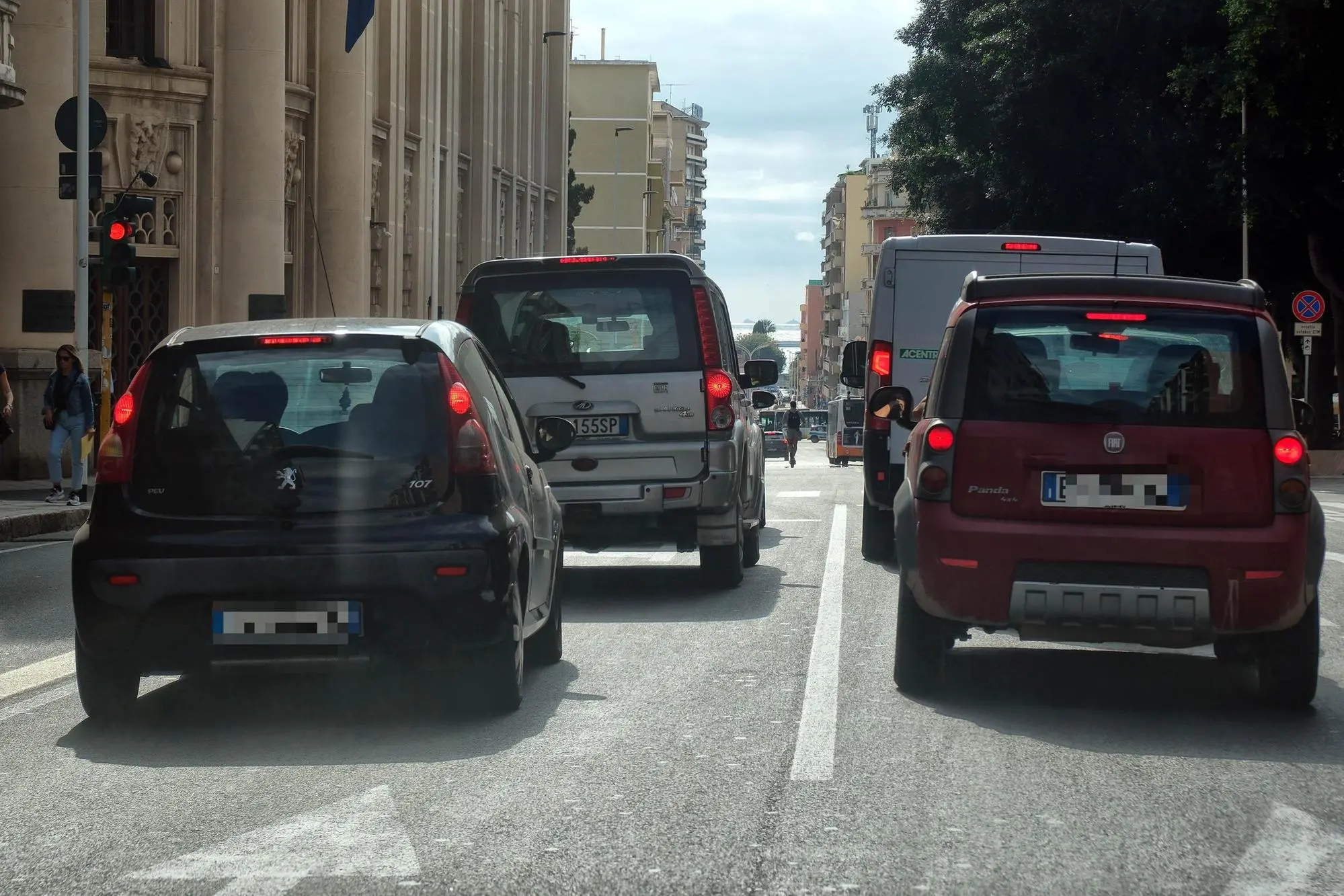Traffic noise pollution, Cagliari identifies the “red zones”: interventions in sight
Survey highlights sensitive neighborhoods and calls for fixes to reduce harmful effectsPer restare aggiornato entra nel nostro canale Whatsapp
Cars, trains, subways, airplanes and ships. “Vehicular noise” is a negative factor in the daily life of the people of Cagliari. To identify the sensitive areas and buildings, in relation to traffic flows and the exposed population, the Metropolitan City commissioned the regional agency Arpas to map the noise of the capital and some nearby municipalities. The survey highlighted the neighborhoods where noise pollution is highest and asked representatives of the municipal administrations to take corrective measures to lower the noise thresholds with the aim of reducing the harmful effects of exposure to noise, including annoyance.
Too much noise
In the former chapel of the Province, Arpas physicist Massimo Cappai explained the method - based on modeling, calculating the vehicular flow and the timetables of trains, planes, metro, cars and ships with statistical sampling at night and during the day for a year (from 2021 to 2022) - which led to identifying the critical areas of the city and evaluating the exposure of the citizens of Cagliari to noise. Analyzing the findings, it comes to light that among the noisiest areas, in relation to the number of inhabitants, there are via Mameli, via Peretti and the area of the Brotzu hospital, Villanova (where, despite the ZTL, high levels were highlighted in via Sonnino and via Alghero) and via Santa Maria Chiara a Pirri . Among the areas with moderate criticality there are via Dante, viale Marconi and via San Benedetto. The criticality indices - explained Cappai - took into account the "sensitive buildings" and the timetables.
From the surveys it is clear that the Asse Mediano is much more “noisy” than via Sonnino, where however thousands of people live or work . Just as noise pollution is limited at certain times, just think of schools that are open only in the morning, on the other hand it can reach significant levels, despite the noise survey not being very high, in the vicinity of hospitals, schools or retirement homes for the elderly.
The action plan
Alberto Sanna, an official of the Metropolitan City Environment, moves on to phase two of the project. The participation of all the Municipalities is needed, and quickly. "We have 1.5 million euros in funding available for projects that must be presented to the European Community by January 2025." But what does the Action Plan that each administration must propose to the Metropolitan City consist of? Sanna illustrates a range of possibilities, leaving ample room for maneuver to the Municipalities. "In an urban environment, to reduce noise, you can focus on sound-absorbing barriers and asphalt and a reduction in the flow of heavy vehicles, one of the solutions that, together with the reduction of speed, with speed bumps or signs, and the creation of "Zone 30", has given the most satisfactory results."
The interventions will be targeted . "We will intervene as a priority where there is the greatest number of people", Sanna specified, who then asked the Municipalities, Arst and Ctm to present interventions to focus on reducing noise pollution. "By 2030 all vehicles will be electric", the Ctm delegate stated.
Alberto Sanna scolds the administrations. «Only the Municipality of Cagliari has presented the Acoustic Remediation Plan that allows us to evaluate the possible measures to adopt».
